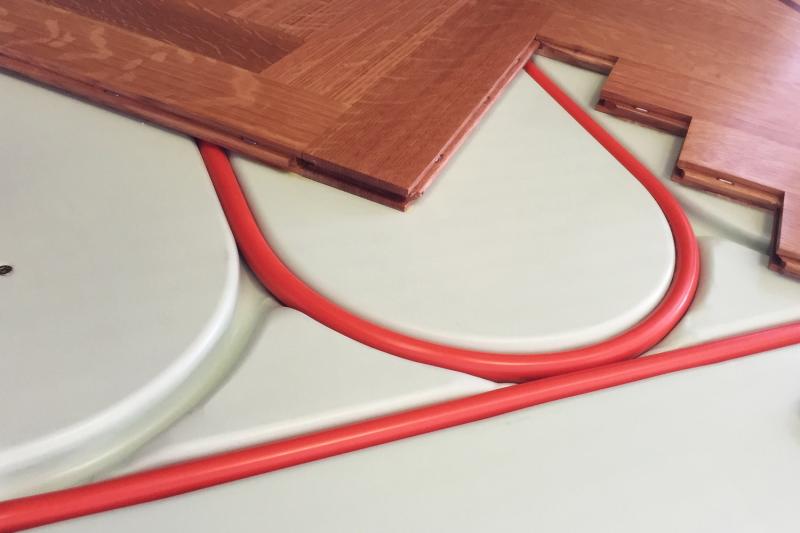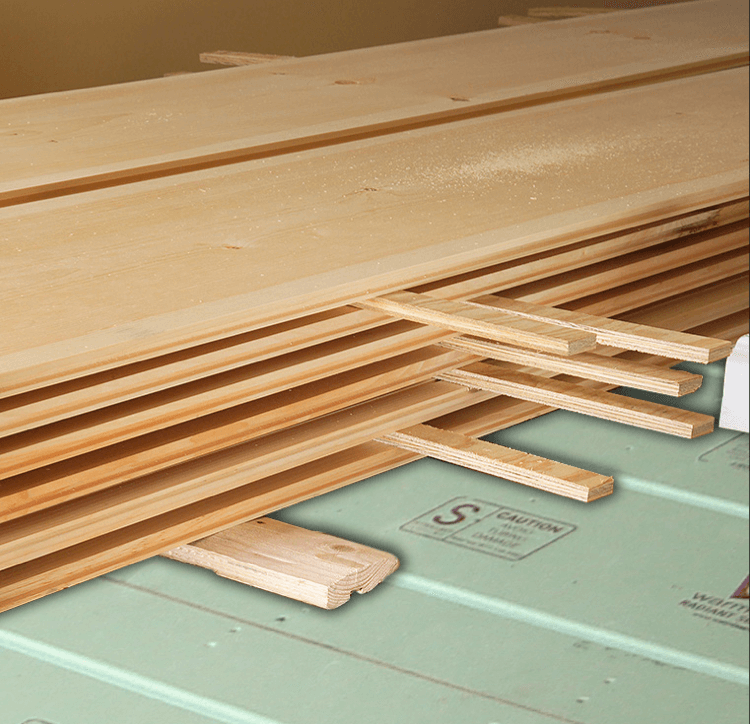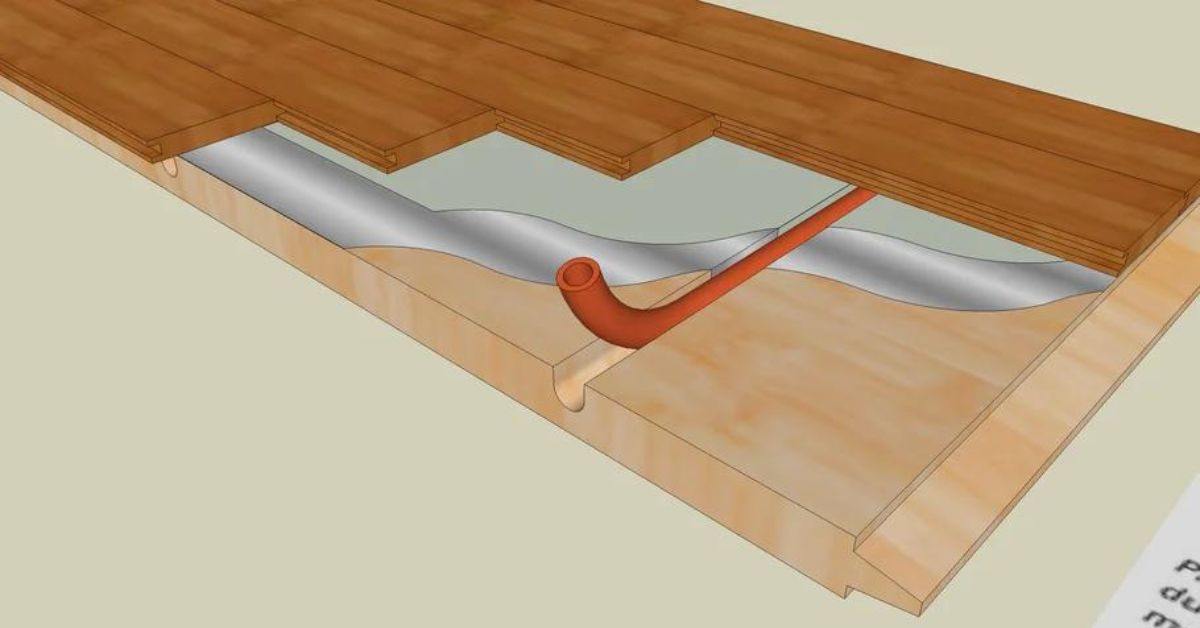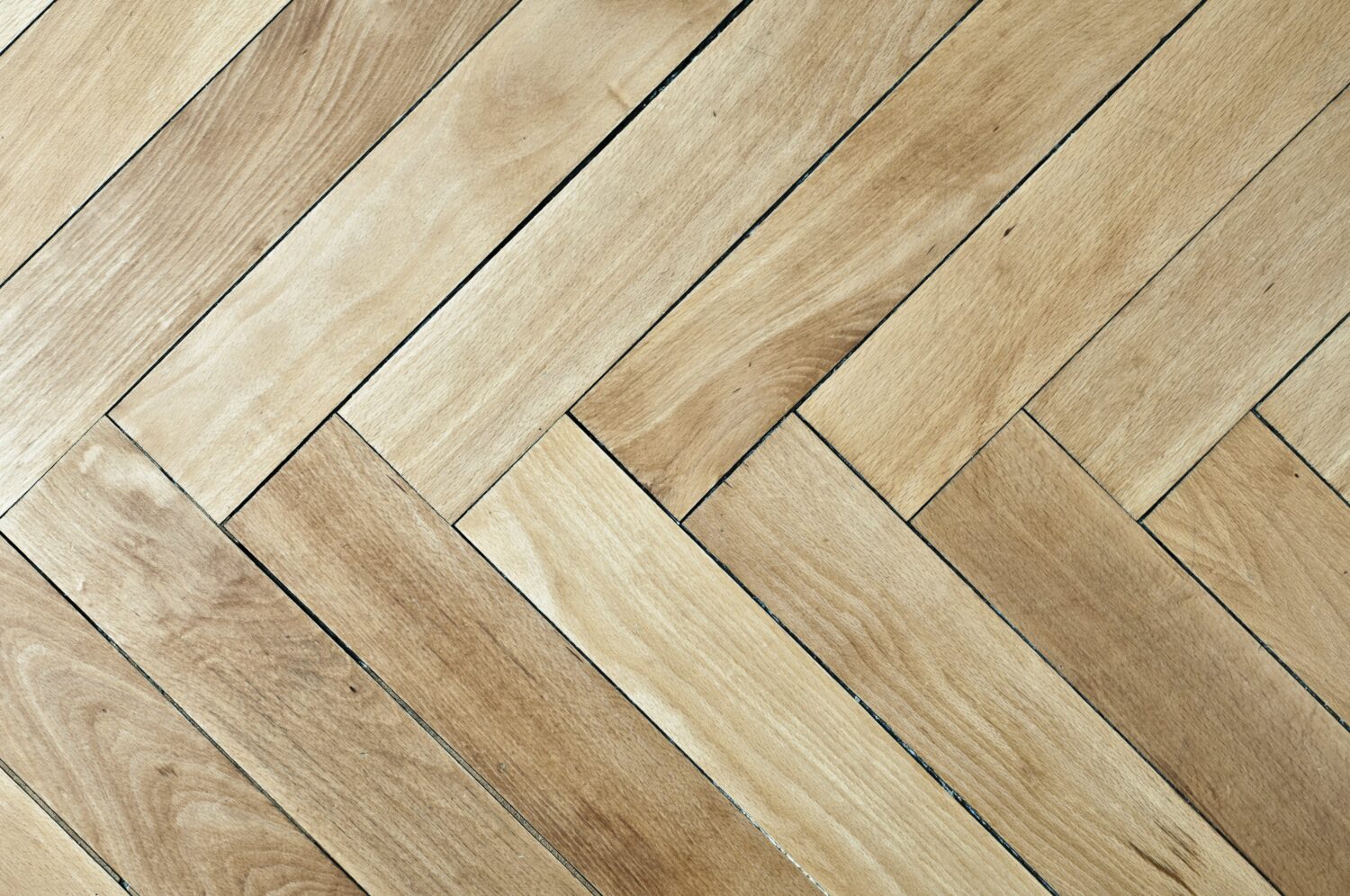Numerous engineered flooring products have been developed in recent years. With each product comes variations in material, assembly method, dimensional stability and overall quality.
Warmboard is unable to test every iteration of these products and therefore cannot express an informed opinion on how variations in humidity may impact their dimensional stability. We leave it to the consumer to do their own due diligence to determine any particular engineered product’s suitability for their project.
About Moisture in wood flooring
All wood products expand and contract with changes in humidity. When these dimensional changes do occur, cupping, crowning and gapping at the edges may result. These changes are inherent to all wood flooring, regardless of the heating method. To minimize such dimensional changes, especially as humidity varies throughout the seasons, we also recommend quartersawn and/or rift cut planks due to their stability.
To further limit dimensional movement, ensure the hardwood has the proper moisture content at the time of installation. A good hardwood installer will know the ideal range for your geographic region (moisture content should be at the low end of this range). A moisture meter is required to determine when that moisture percentage is achieved.




